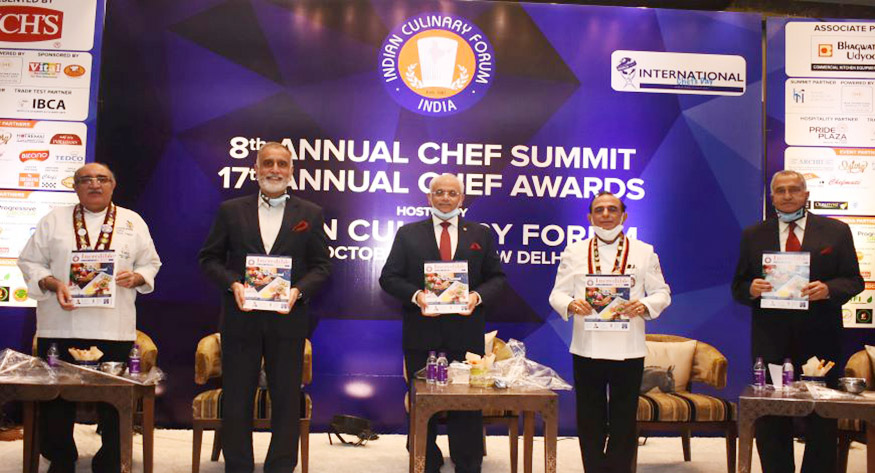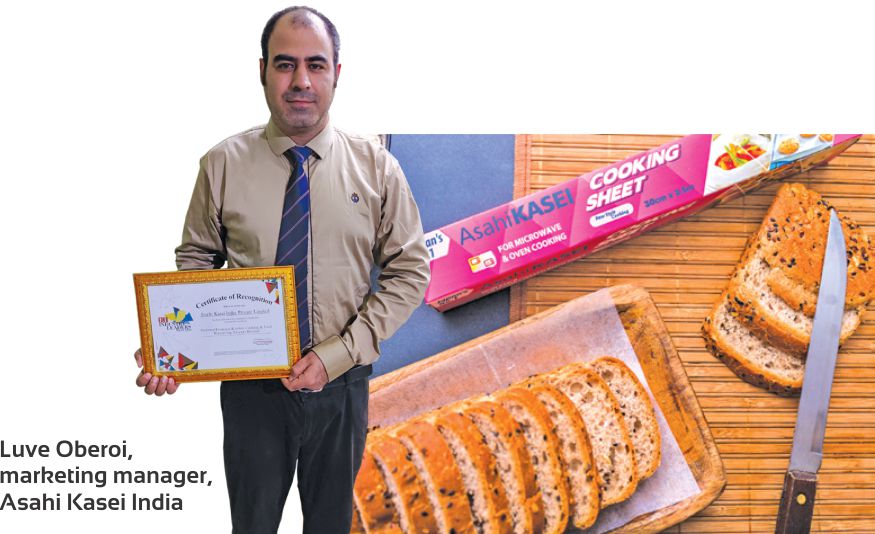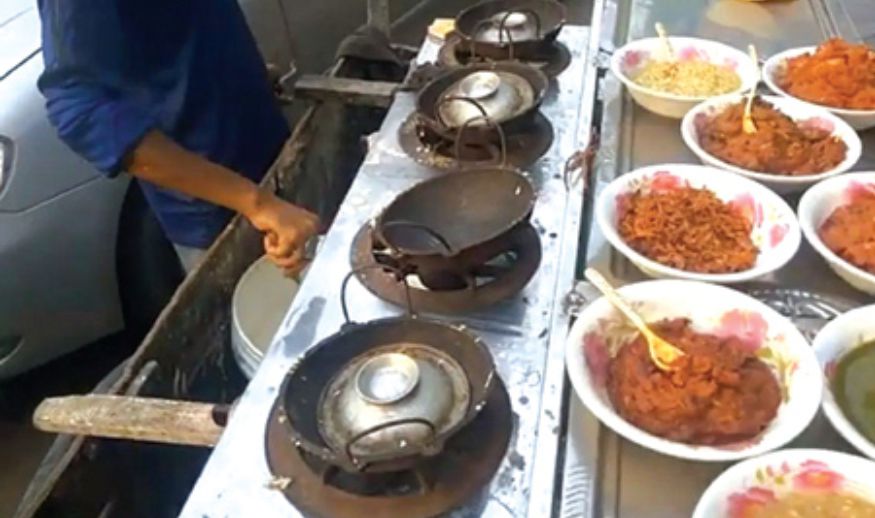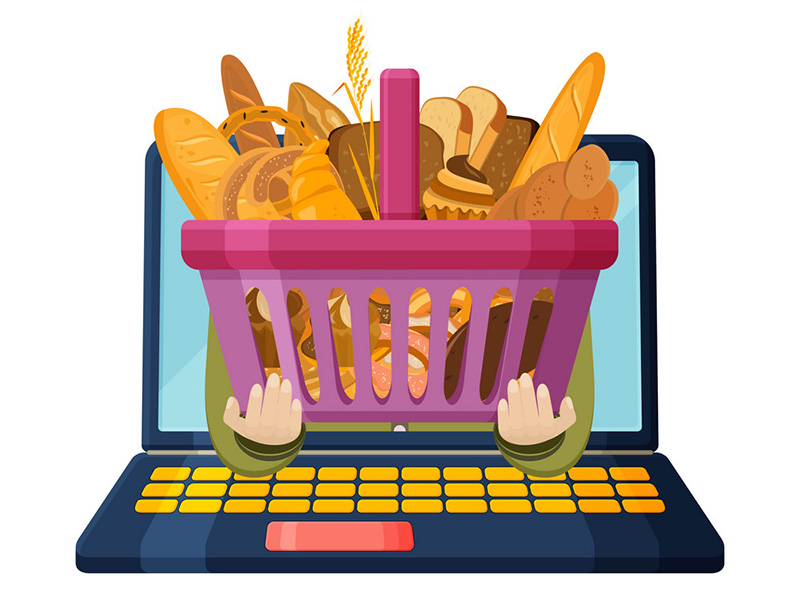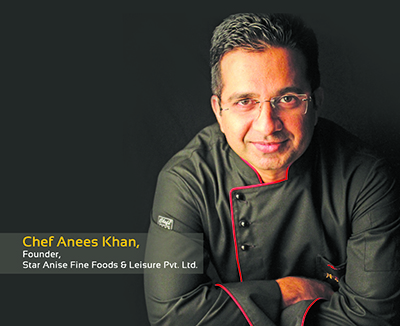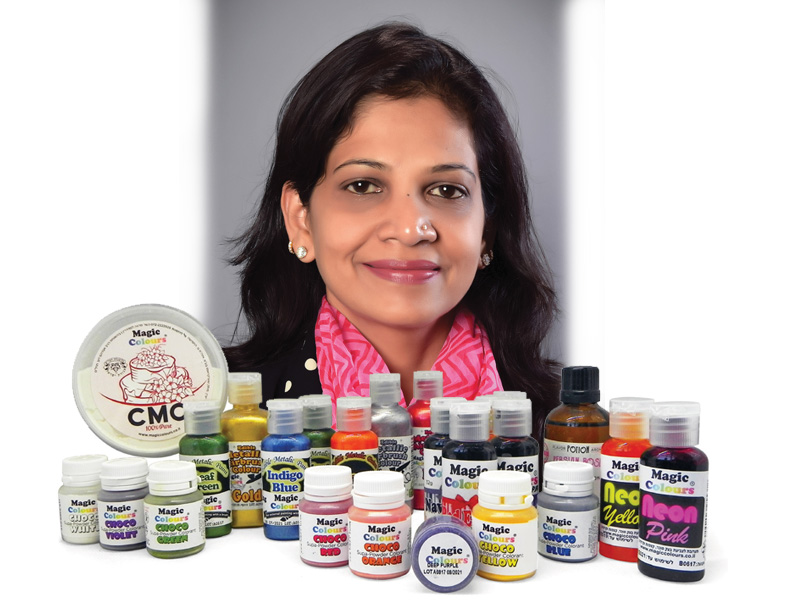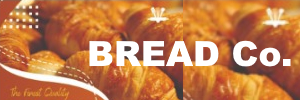BakeryBiz, Sept-Oct, 2018

Scions of business families are groomed to take up their parents’ mantle sooner or later, and they tend to follow the same line of business as their forefathers. When it was time for Rachel Goenka, whose family is into media business, to take up job, she ventured into an untrodden path—the world of pastry. She is now the owner of Sassy Spoon, a restaurant brand, and Sassy Teaspoon, a patisserie brand, besides other restaurants.
Rachel Goenka, in an interview with Manoj John, discusses trends and the future outlook for the industry.
Excerpts:
Please narrate your journey from a media person to a patisserie entrepreneur.
For me studying journalism was something that was expected in my life. Media is part of our family business, and naturally I took up journalism, even though it was for a short while. But I always wanted to do something different from my family business. I wanted to bring up something from the ground level with my own effort.
Cooking was something that has always interested me. I took up a course in Ireland and then did further studies in London to hone my skills. I trained under noted chef Rachel Allen and specialised in patisserie from Le Cordon Bleu, London.
When I was back in India, I started working out plans for entering food service business. That was the beginning of Sassy Spoon, a restaurant brand. Sassy Spoon is now a multi-award winning resto-bar with presence in Mumbai and Pune, and it celebrates globally inspired cuisine with a “sassy” twist.
In 2014, we started Sassy Teaspoon as a patisserie brand. In the last 18 months, we have expanded from three outlets to 15 outlets and central kitchens.
We also have restaurant brands Wicked China, House of Mandarin, and Baraza Bars & Bites.
How did you expand from restaurants to patisseries?
Our menu comprises of fresh and contemporary dishes, exciting and innovative beverages and classic desserts with a sassy twist.
At our restaurants, we lay a lot of emphasis on desserts. In the days when we started, people were looking at brownies, chocolate cheese cake, or chocolate mousse on their dessert menu. We, however, took many steps further and introduced many innovative products on our menu. We experimented with flavours. Each element of a dessert has a story to tell.
It was at this point, we thought of doing something from the patisserie angle. Incidentally, the breads required for our restaurants were made in-house by us. We were not outsourcing breads unlike many restaurants. All this gave us the stock-intrade to get into the patisserie business.
Sassy Teaspoon, our patisserie brand, is in a way an extension of our restaurant brand Sassy Spoon.
We have a large number of products in our menu. Cakes, pastries, cupcakes, tarts, brownies, éclairs, profiteroles, cookies, macarons and tea cakes are some of the popular products. We also have freshly baked breads, homemade ice creams, rolls, buns, croissants and sandwiches.
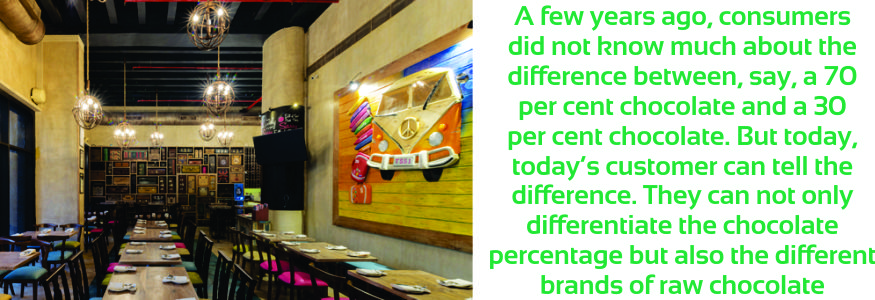
How often do you innovate on your menu?
At least on a six-month basis, we keep reviewing our products. We do a review of what is moving and what is not moving. We sometimes take one or two products off the menu and add something new. We also introduce seasonal products from time to time. We have a variety of products based on seasonal fruits in the respective time of the year.
Mango, pear and many other fruit flavours find prominent place in our menu. During festivals such as Diwali, we have an array of products suited for the respective festival. We also take Indian concepts and turn them into modern desserts. We do a lot of work based on seasons and festivities.
Shuffling the menu is challenging too. It is obviously difficult to find the time to do this within a timeframe, which is important for shuffling the menu. Things happen so fast in today’s world. Imagine you have a menu that has been running for a month, and then something happens and you have to change everything.
A few years ago, consumers did not know much about the difference between, say, a 70 per cent chocolate and a 30 per cent chocolate. But today, today’s customer can tell the difference. They can not only differentiate the chocolate percentage but also the different brands of raw chocolate.
People are moving away from traditional products to modern products. People are moving away from “just” pastries and “just” cakes. Simultaneously, desserts are gaining unprecedented preference. People are also looking to things like choux pastry, tarts and éclairs. The most important point is that people today want more variety, partly because they travel a lot and are familiar with products from all over the world.
How important is chocolate in your product range?
Chocolate is an important part of our whole business. We have products made with couverture chocolate. The beauty of couverture chocolate is that it gives us a lot of options for pairing. We believe in introducing people to dark chocolate in a gradual way. For example, a white chocolate mousse sweetens up the palate a little but it does not take away the dark component completely. We have dark chocolate mousse, milk chocolate mousse and white chocolate mousse, and that is a nice mix of all chocolates coming together.
How do you ensure authenticity when making truly geography-specific products suchas, say Black Forrest from Germany?
I think you need to be market-specific when it comes to such products as Black Forrest cake. It is a fact that the best products come from the best produce. If you work with the best produce you can source locally, it will result in the best end-products you can make. On the other hand, if you try to source ingredients from elsewhere thoughtlessly and put them together, it may not come out in the same way as the locally made products.
India has been making Black Forrest cakes for years. The beauty of pastry is that a chef can put his mark on a traditional dish. I may do Black Forrest in a certain way but another chef may have his own way of doing it. That is what makes pastry interesting.
We do push the boundaries when it comes to pastries. For me, Sassy is about being different, being able to think out of the box. We have used basil, which is essentially a herb, and have combined it with chocolate. We have also done basil cream with a long drop of olive oil on it. These exotic combinations work amazingly.
What are the challenges in sourcing quality raw materials?
The market is very evolved today as compared to a few years ago. We do not face any difficulty as such in sourcing raw materials. I wouldn’t say it is such a challenging task to find quality raw materials.
Is there adequate supply of quality manpower in the industry?
It is not easy to find quality manpower for patisseries in India. This remains a bitter fact. It is partly due to the fact that pastry is a young industry in our country. It has all of a sudden become fashionable to be a chef. In the past one decade, there is a phenomenal increase in the number of people who go abroad to study pastry. This has made available to us a comparatively larger talent pool. There is also an equal rise in the number of home bakers.
It is true that staffs join and leave the job frequently in this industry. Pastry is, however, a small industry. In our experience, we have noticed that nine out of ten people who leave us come back and join us in three to six months’ time.
We treat all our staff as owners of the brand themselves. We have staff meetings twice a month and we get everyone involved. We inspire every one of our staff to innovate. We tell them to come up with something new. In fact, we insist on our staff to innovate. We give a certain set of raw materials to 10 people and ask them to come up with their own ideas on what they can do best with them.
When people feel they belong to the organisation and they are doing something worth, we can successfully retain them.
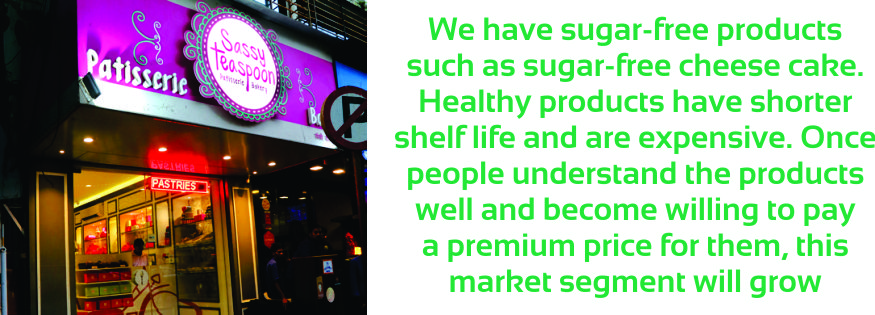
What is your future outlook for the industry in the short to medium term?
Right now, we can see a lot of fads. We can see a lot of things coming and vanishing. In the short to medium term, say in the next five years, I feel the industry will stabilise more. Currently, there is a burst of energy in the pastry industry. We hear someone is introducing a cronut (croissant-doughnut hybrid) here, and someone else is making another fusion there. I think the scenario will stabilise in the future.
People will finally identify what is required on a routine basis and settle on it. The Indian pastry industry is experimenting with a lot of ideas and in the next five years everything should settle down.
What is the place for healthy products in your menu?
We are working on newer healthy products. One of our focus areas is gluten-free products. Currently, all the brownies that we make are gluten-free. We also do a couple of healthy biscuits. It is a small market nonetheless.
We have sugarfree products such as sugar-free cheese cake. Healthy products have shorter shelf life and are expensive. Once people understand the products well and become willing to pay a premium price for them, this market segment will grow.
How relevant is gluten-free products in the Indian context?
Gluten allergy is not like most other allergies. The reaction to gluten may not be so conspicuous like the reaction to other foods such as shell fish. I would call the reaction gluten-resistance rather than gluten allergy.
I would say gluten-free is more of a lifestyle choice today. One has to manage his choices and decide how often one wants to indulge in products containing gluten.
What are your expansion plans?
We are planning to expand pan-India with 100 outlets in the next five years. It will be a mix of different routes that we will be resorting to for our expansion. Depending on the city, it could be organic growth or franchisee route.


